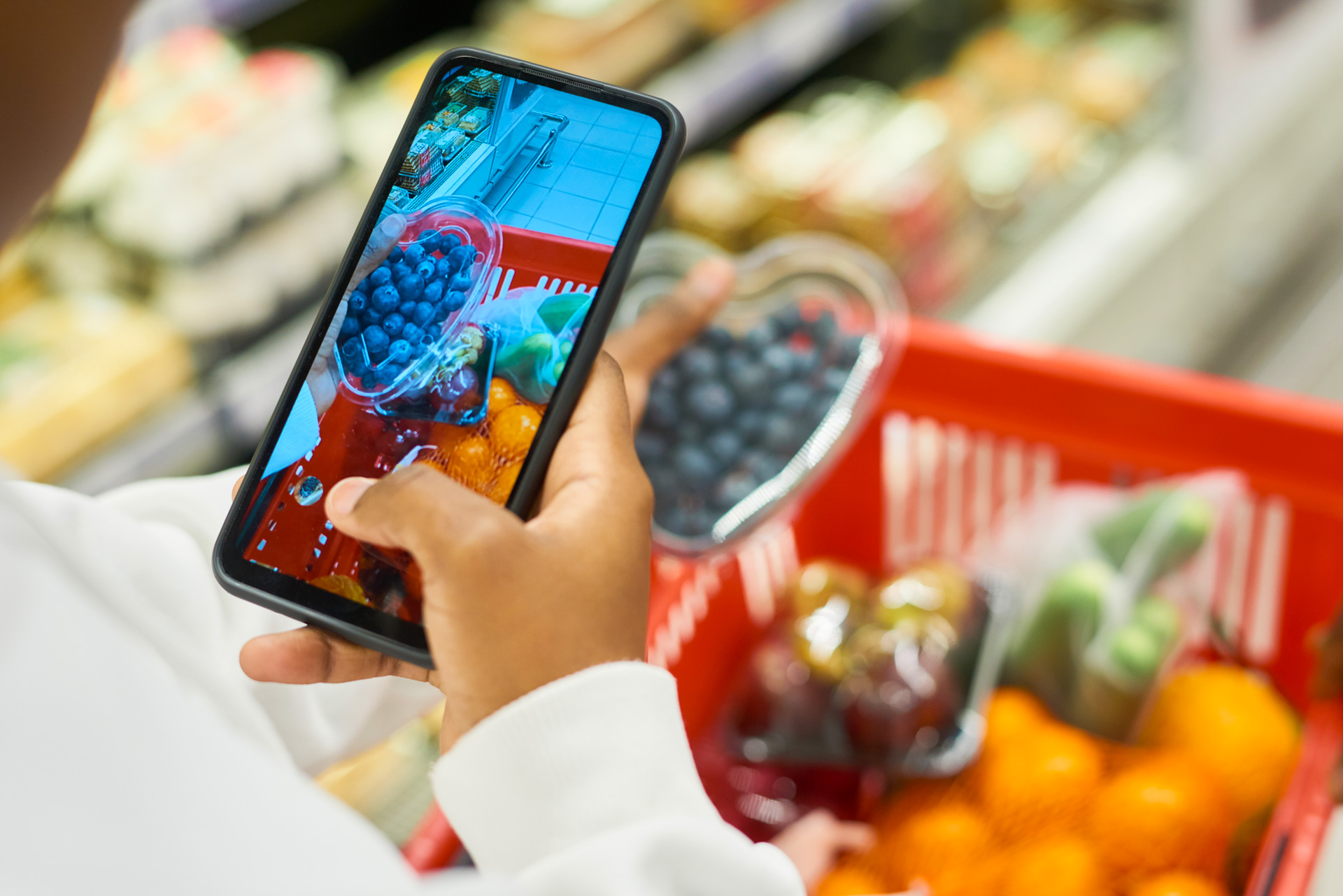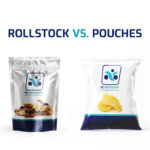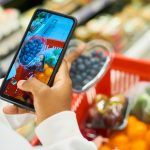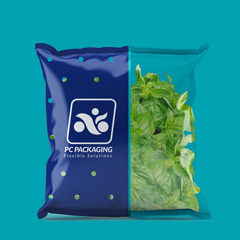‘Instagrammable’ Packaging: Does Yours Pose Well On Social Media?
Here on the PC Packaging Blog, we have already discussed the importance of packaging to stand out in the physical retail sales environment. There your product is side by side with several competitors, and if a person has never heard of it or bought it before, an attractive and distinctive package is capable of hooking this undecided consumer. But what about in the virtual environment? Ever wondered if your packaging looks good on the internet? Is your product presentation “Instagrammable”?
This modern day term or expression refers to a visually attractive place or item that arouses the customer’s interest in taking selfies and sharing on their digital media, often tagging the company and, consequently, calling other users to visit the brand’s profile. But what are the motivations, intentions and marketing implications of this sharing of product images? This is what we will explore in the following paragraphs.
First, Take Care of Your Window
First of all, having your products packaged in attractive packaging is key to helping you sell them on your own social networks. Digital consumption by viewing merchandise images on the internet is similar to window shopping, stimulating awareness and desire through innovative, varied, personalized representations with symbolic meaning.
The main function of the package that carries your product is to protect it, and flexible plastic packaging fulfills this task with indisputable competence. However, packaging visibility provides additional functions insofar as it can be considered a form of advertising. Context in which design, texture, colors and typography begin to play the role of transforming them into an active advertising piece, capable of inducing the customer to purchase action, and why not share this purchase.
Entrepreneurs need to keep in mind that the distinction between online and offline worlds is dissolving, so the visual aspects of a functional package are those that manage to make it attractive not only in a physical retail environment, but also in the feed from a social network. We are talking about a virtual world that is most often accessed from a small-screen smartphone, a place where competition for people’s attention is high, dispersion is high and engagement is increasingly difficult.
Consumer, Brand and Identity
Social networks, especially Instagram, have given rise to an entirely new phenomenon of consumption, which is that of people photographing and displaying the products they purchase to their friends and followers. Understanding the motivations, intentions and marketing implications of this image sharing is important for companies, mainly because it goes far beyond the purchased item itself and its ability to draw attention: and yes, we are still talking about the almighty packaging.
It has a strong ability to stimulate memory and emotional recall of consumption-based and non-consumption-based events. Your photos can be used as reminders of experiences, and to share stories of those experiences. We are talking about packaging as a carrier of an acquisition narrative, not just a presentation of personal goods. It can also be considered a status symbol, acting as a two-way communication tool: by projecting brand meanings, it promotes the identity of those who consume it.
Social media users evidently post packaging photos to signal positive differentiation through their consumption habits. These photos not only tell people what they bought, but give an indication of the price they paid, the quality of the product and their personal tastes, reinforcing their identity by associating it with the identity of the brand in question. This packaging status is particularly relevant when the purchased product is not easily identifiable without it, or can be confused with a lower quality product.
The photographic representation of a package on social networks symbolizes the experience lived between the consumer and the brand, and between the consumer and their peers. Social media packaging photos can be interpreted as visual reproductions of the brand’s psychological and social benefits for this consumer, also indicating a specific understanding of this person’s behavior and habits. Packaging can facilitate the transmission of personality and deeper values, with individuals using their consumption to project multiple facets of themselves.
Don’t I Deserve A Click?
The digital landscape has revolutionized the way individuals learn, consume, present and interact with the world around them, no one doubts that. In the past, people demonstrated ownership of a good by removing the packaging, the label, and using and personalizing what they had purchased. But in the age of social media, these rituals of ownership are changing, including the need for visibility that stands out and puts the brand at the forefront as a way of reinforcing personal identity.
Packaging today is not enough just to protect products and differentiate them from competitors. Streamed on photo and video sharing platforms, they also need to bring together elements that help create memorable experiences for consumers. The feeling of full ownership involves photographing the purchased product and associating a passage of your personal history with it. When someone shares it on social media, it says very clearly, ‘Look at this. I have it. That’s mine. Let me show you.”
Understanding the motivations and intentions that drive the sharing of such photographs can help organizations know how best to respond to people’s wishes. In the digital age we live in, consumers shape and drive the market, and a brand’s promotional activities must adapt to recognize current and potentially unexpected communication trends.
The good image of products on social networks and their immortalization through photographic representation and sharing allow these items – even those intended for short-term use – to remain as part of the construction of the consumer’s identity, creating a narrative far beyond their life. useful. A relationship that starts with the packaging, which has long ceased to be just the package that carries the product to become a powerful communication vehicle, which, if well produced and thought out, can even suggest the consumer: “Do I not deserve a click?”









